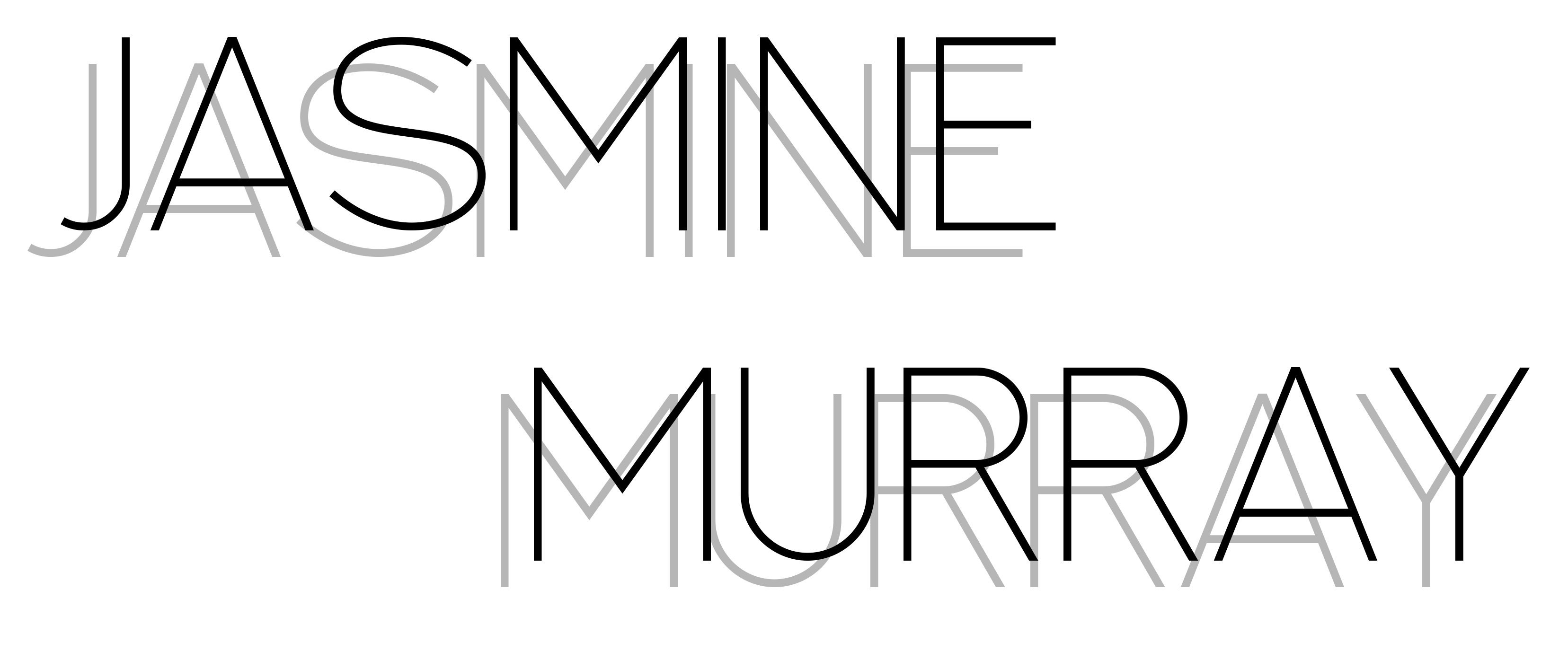“As a society we have been moving more and more to online applications, electronic communications, and digital composition. We stream movies, chat through social media and email, and explore our world and current events through a stack of open browser tabs. We may be watching a sporting event on one device while tweeting about it on another, or writing a paper in one application while researching (and procrastinating) in another digital window.”
Skains, R. L. (2015)
On Voyeurism
Having watched this week’s presentation Angier’s theory on what voyeurism stands for stood out to me, in that I agree voyeurism is “…about a peculiar point of view, based on a longing to possess that which one knows one cannot (and ultimately does not want to) have.” (Angier, 2007; 61) Arguably all who photograph are voyeurs in a sense as when we photograph we share with the world what we see.
When I consider my own practice in this context, it is primarily pseudo-voyeuristic, in that my photographs are narrative and commentary, but at the same time also constructed fictional realities that are critical and reflective.

While I am not a voyeur in my photographic practice in the traditional sense, as I do not look at or watch individual or groups of people directly. However my practice is an interpretive form of voyeurism, where I combine merge, meld and mix things I see on social media.
In my photographs my constructed fictional realities do seem to possess their own ‘gaze’ which has taken on a life of their own, where I am aware of individuals who have perceived my previous work Unsocial Media_, as biographical of themselves, despite my practice being an entirely fictional construct, and ultimately subjective virtual realm.
Digital Gaze
“The digital gaze places us at the center of our world. Like the invention of perspective in painting, the personal feeds of social media are designed to converge upon us so that we become the ideal viewer. Nobody is more apt to survey our feeds than we are; they are meant for us.”
Jones, C.P. (2018)
I suppose my practice best aligns with theories around the digital gaze, in that my practice is at present an ongoing commentary on how we use and abuse social media and the internet, and envisioning the potential futures if we persist in the same behaviour. Interestingly some writers on gaze consider social media to be a modern frontier of The Male Gaze in that women on Social Media deep down maintain the expectation to look and act a certain way and that social media has exacerbated the competition via likes. James Garns’ article on La Bonne Artiste certainly seems to imply this notion with the women he has interviewed mostly expressing that they have a push/pull relationship with the male gaze with a fair few mentioning that it remains present because “…women see themselves through men’s eyes and so in many instances pit themselves against eachother because of men.” (Margi, Portugal in Garn, J. 2019)
So what is Mulvey’s Male Gaze?
In Mulvey’s essay Visual Pleasure and Narrative Cinema (1975) she looked at visual cinema history through a feminist lens, instead of being a voyeuristic spectator she noticed how mainstream cinema catered to the male viewer and his pleasure in looking, linking to Freud’s theories of scopophilia as found in (Three Essays on Sexuality and Instincts and their Vicissitudes) she states:
“There are two contradictory aspects of the pleasurable structures of looking. The first, scopophilic, arises from pleasure in using another person as an object of sexual stimulation through sight. The second, developed through narcissism and the constitution of the ego, comes from identification with the image seen.”
Mulvey, L. (1975)
Interestingly in Another Gaze: A Feminist Film Journal, Mulvey’s reflections in an interview with them on her essay are insightful in that today she considers the work to be more of a manifesto than something accurate. How subsequently in years since she has thought that “…the voyeuristic gaze is a gaze at stillness rather than at movement…” (Mulvey, L. 2018) this I found interesting as ultimately photography is an image frozen in time…
This leads me to Sontag’s comments on photographing people:
“To photograph people is to violate them, by seeing them as they can never see themselves, having knowledge of them they can never have, it turns people into objects that can be symbolically possessed.”
Sontag, S. (1977; 14)
Arguably Sontag’s comment is effectively summarises the Johari Window theory in a photographic context. Photography ultimately highlights blind spots we have about ourselves, the photographer and in the case of photographing people the subject themselves.

References
Figures
Figure 1 Murray, J. (2019) Swipe On_ from Unsocial Media_. [Online] Available from: http://jasmphoto.portfoliobox.net/unsocialmedia_ [Accessed 24/02/2020]
Figure 2 Luft, J. Ingham, H. (1955) The Johari Window Model. [Online] Available from: https://www.communicationtheory.org/the-johari-window-model/ [Accessed 24/02/2020]
Bibliography
Angier, R. (2007) Train Your Gaze: A Practical and Theoretical Introduction to Portrait Photography. pg 61. Singapore; AVA Publishing.
Garn, J. (2019) La Bonne Artiste: The Male Gaze and Social Media. [Online] Available from: https://labonneartiste.co.uk/the-male-gaze-and-social-media [Accessed 25/02/2020]
Jones, C.P. (2018) Medium: Social Media and the Digital Gaze. [Online] Available from: https://medium.com/s/story/social-media-and-the-gaze-d107327a5c90 (and an earlier edition of the article is available at: http://www.chrisjoneswrites.co.uk/social-media-gaze/) [Accessed 24/02/2020]
Luft, J. Ingham, H. (1955) Proceedings of the Western Training Laboratory in Group Development. “The Johari window, a graphic model of interpersonal awareness.” Los Angeles: University of California.
Luft, J. Ingham, H. (1955) Johari’s Window. [Online] Available from: https://www.sheffield.ac.uk/polopoly_fs/1.361952!/file/johari.pdf [Accessed 01/02/2020]
Mulvey, L. (1975) Visual Pleasure in Narrative Cinema. [Online] Available from: http://www.luxonline.org.uk/articles/visual_pleasure_and_narrative_cinema(printversion).html [Accessed 22/02/2020]
Mulvey, L [in] Another Gaze: A Feminist Film Journal (2018) Suddenly, a Women Spectator: An Interview with Laura Mulvey. [Online] Available from: https://www.anothergaze.com/suddenly-woman-spectator-conversation-interview-feminism-laura-mulvey/ [Accessed 23/02/2020]
Skains, R.L. (2015) The Fragmented Digital Gaze: The Effects of Multimodal Composition on Narrative Perspective. [Online] Available from: https://www.researchgate.net/publication/278701907_The_Fragmented_Digital_Gaze_The_Effects_of_Multimodal_Composition_on_Narrative_Perspective [Accessed 23/02/2020]
Sontag, S. (1977) On Photography. pg 14. London; Penguin.
